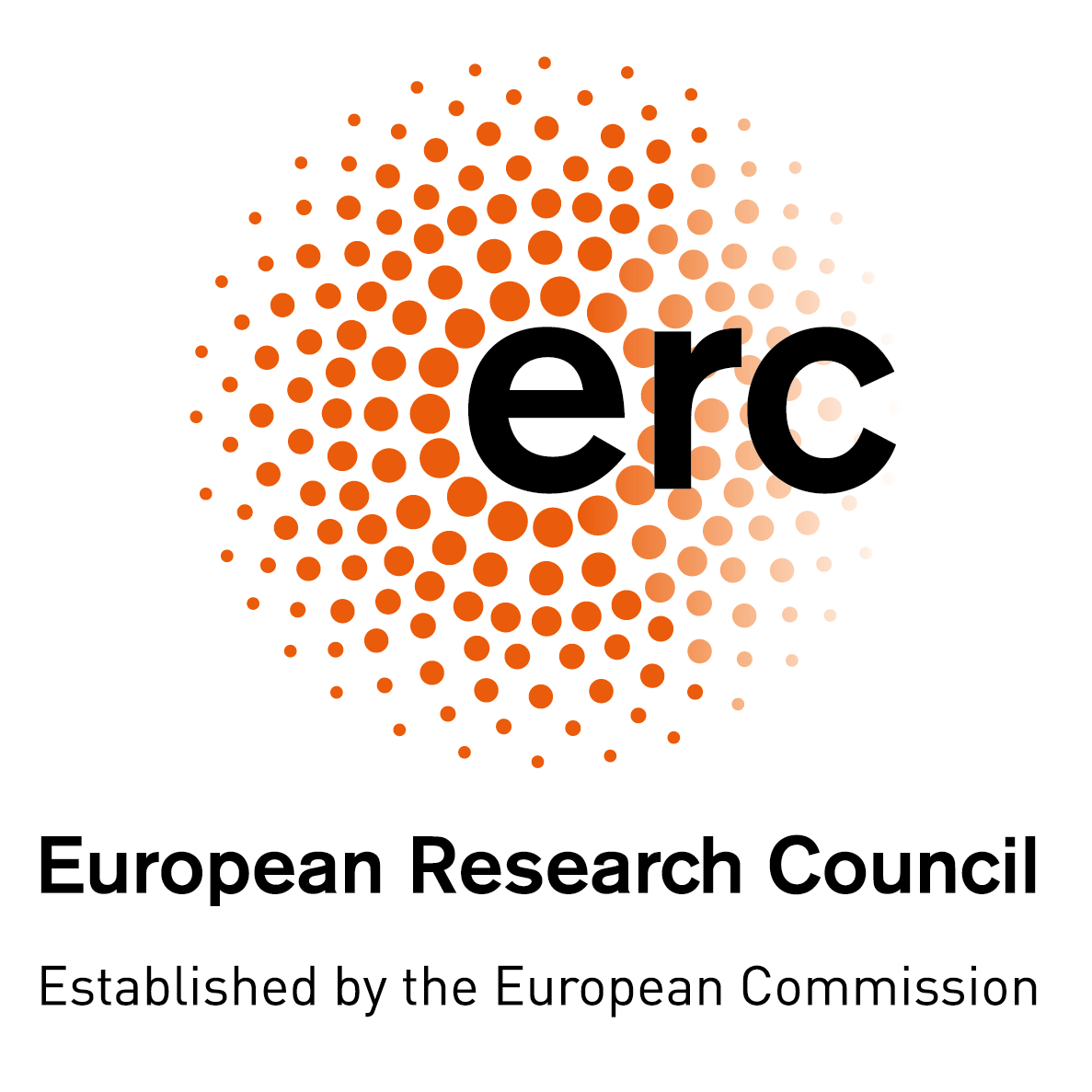4SBATT

The Li-ion battery, developed in the last 30 years, is a very successful technology. However, it now faces the challenge of powering the e-mobility revolution, requiring a large increase of raw resources availability. At this point in history, given the roadmap of the European Green Deal and the need to reduce CO2 emissions, such a scale up should be seen as a unique opportunity to eliminate unsustainable elements from the batteries. Yet the Li-ion battery relies on a series of elements that are critical, most importantly Li, Co and natural graphite. Moreover, the safety of Li-ion batteries is often in question, and their energy content still needs to increase to satisfy the demand for extended driving ranges. In this context, 4SBATT aims to develop a solid-state battery based on Na, rather than Li, representing the best solution in terms of four key parameters: sustainability, energy density (specific and volumetric), readiness of adoption (i.e. compatibility with existing Li-ion production lines) and safety. To achieve such a challenging goal, 4SBATT will operate at the cross-section between inorganic chemistry, materials science, and engineering. My team and I will develop a combined computational and experimental approach based on density functional theory and in situ x-ray diffraction during synthesis that will allow us to explore large amounts of temperature-dependent multicomponent phase diagrams for various classes of materials. Thereby we will design and prepare novel Na-based inorganic compounds for positive electrodes, solid electrolytes and negative electrodes. Then the physical properties of materials and composite electrodes will be characterized to understand, improve and engineer their performances. Finally we will assemble solid-state batteries, based on Na and sustainable elements such as Fe, Mn and Si, intrinsically safe due to the non-flammable solid electrolyte, and targeting record energy densities of 300 Wh/kg and 750 Wh/l at the cell level.
